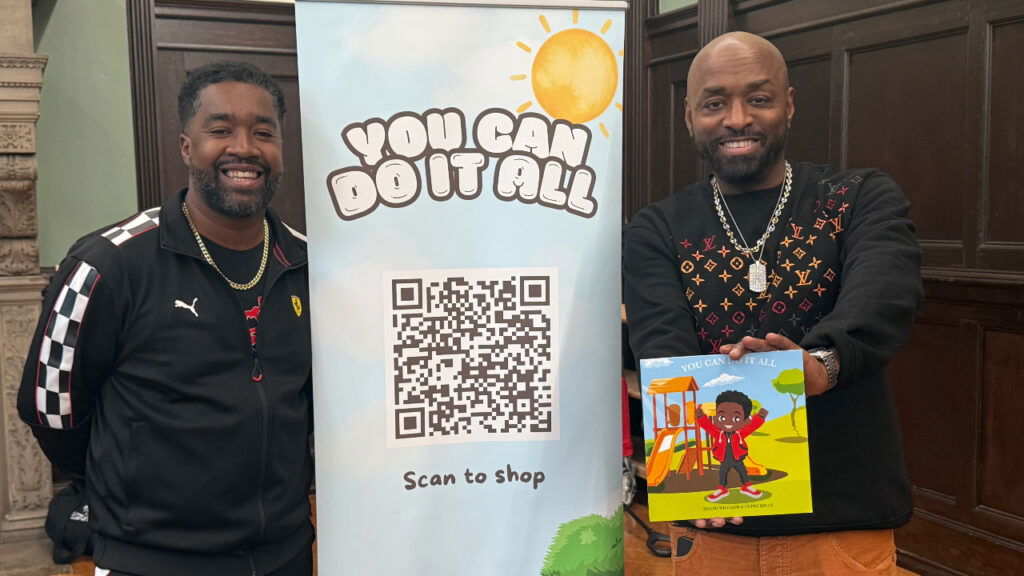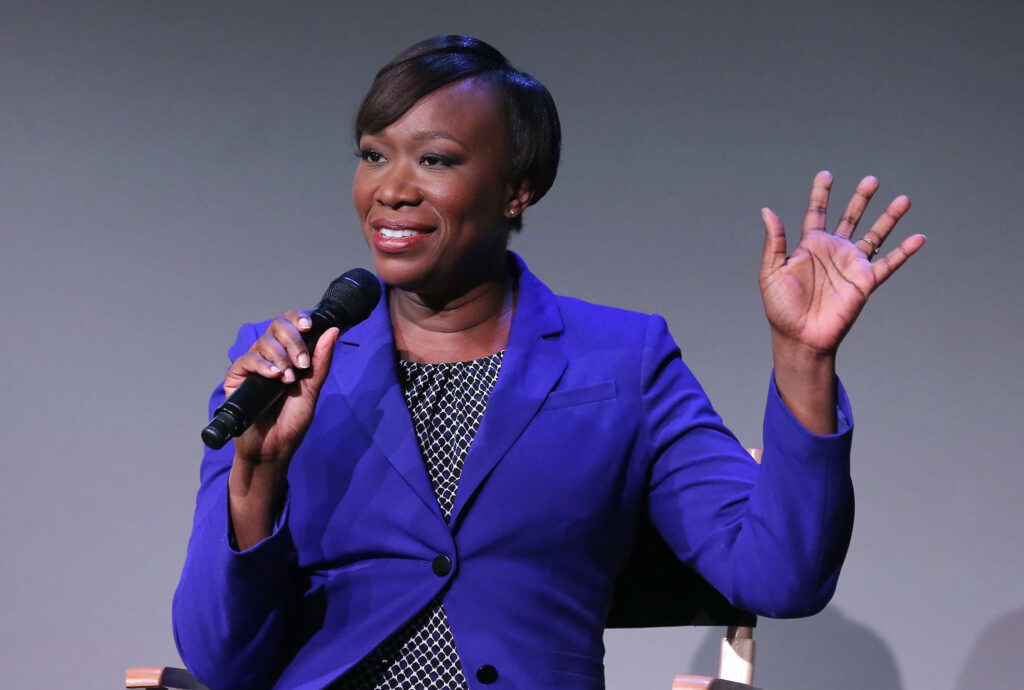Katie Wood, an attorney in Tennessee, made a TikTok video about the little things she does to fight against discrimination in the workplace, referencing the acts as microfeminism. Her video went viral, gaining more than 3 million views.
Unlike grand gestures or sweeping policy changes, microfeminism focuses on small, everyday acts that challenge patriarchal norms and promote inclusivity. From intentional language use to strategic advocacy, these acts are often led by women who want to address invisible gender dynamics.
“I hope that the small microfeminisms I implement in my workplace make each person feel as equal as their peers,” says Wood, “and comfortable enough to use their voice and demand their own equality in whichever ways they are discriminated against.”
Wood’s video was flooded with comments from other women in the workforce who also practice acts of microfeminism. Melanie Fuller, an expert in justice, equity, diversity, and inclusion, has had her own experience with microfeminism in the workplace with her vice president of HR.
“Anytime we were in meetings with our senior leadership team, she always reminded them that I was an industrial-organizational (I-O) psychologist by training and that the work I was doing was rooted in evidence-based solutions as a scientist-practitioner,” says Fuller. She also uses professional titles when addressing women with advanced degrees.
“It is important to remind them that this is an accomplishment that took hard work and dedication,” she says, countering the tendency to undermine women’s authority by using their first names.
Does microfeminism help?
Microfeminism doesn’t require much effort, but does it actually make an impact on the workforce? Adrienne Bradford, Ph.D. is an organizational psychologist and a director of DEI and talent engagement, and she believes that microfeminism can certainly have a positive impact on the workplace.
“Foundational to the progression of any sort of equity-related social change is going to be behavior shifts,” Bradford explains. “While microfeminism alone may not completely eliminate systemic gender inequality, it plays a crucial role in creating a foundation for larger structural changes. Using inclusive language, spotlighting microaggressions, challenging gender norms, raising awareness of biases—all of these actions within the workplace context challenge us to behave differently, thereby normalizing more inclusive rules of engagement.”
Fuller agrees, seeing these actions as fostering kindness and psychological safety rather than as transformative solutions to systemic issues.
“Microfeminism does exactly what it states, having a ‘micro’ impact to think about the way society can decenter patriarchy,” she says, noting that the gender gap in the workplace is deeply rooted in historical and institutional biases that require more than just small mindful actions to resolve.
Intersectionality and microfeminism
The effectiveness of microfeminism also depends on its intersectionality. Fuller emphasizes that experiences of discrimination and privilege vary widely among women.
“I think that movements like this that claim to be acts of feminism, whether micro or macro, need to include intersectionality. Intersectionality, a term coined by Kimberlé Crenshaw, is the acknowledgment that everyone has their own unique experiences of discrimination and oppression, and we must consider everything and anything that can marginalize people—gender, race, class, sexual orientation, physical ability, etc.”
Bradford, who wrote her dissertation on gendered racism, agrees, adding that “women have to really educate themselves to understand that, yes, all women, we face gender-based discrimination, but depending on our intersecting identities, intersectional discrimination exists as well or gendered racism. Gendered racism really begins to explore the intersection of being discriminated against based on both your race and gender.”
Bradford continues that it goes back to women deeply understanding the experiences of those with different identities and building alliances to share resources and networks.
The role of men in microfeminism
While most of the TikTok videos were made by women, men also play a vital role in bridging the gender gap. Fuller highlights the TedTalk, “Violence Against Women—It’s a Men’s Issue,” from Jackson Katz, Ph.D., which underscores the importance of men unlearning biases and challenging harmful behaviors among their peers.
Bradford also affirms how critical it is for men to challenge the behavior of other men. “When you see other men making sexist jokes in the workplace, comments or having behaviors that are not appropriate and disparaging to women, call it out.” She says men can also help by sharing the resources more accessible to them.
Moving forward with inclusive practices
Why is it important to be more inclusive? Simply put, the workforce is becoming more diverse.
“This is one of the first times in history where we are seeing five different generations in the workplace,” Bradford says. “Diverse and inclusive workplace cultures are just profitable. They’re more innovative, they’re more productive, and they are more profitable.”
Some women may not feel comfortable challenging gender gaps. “If you feel uncomfortable, there is work that needs to be done and questions that you have to ask yourself,” explains Fuller. “It’s not wrong to have biases—we all have them naturally; it’s about how we choose to move forward and challenge those thoughts to be better people, co-workers, friends, etc.”
She recommends readings like Decentering Whiteness in the Workplace by Janice Gassam Asare, Ph.D., Hood Feminism by Mikki Kendall and I’m Not Yelling: A Black Woman’s Guide to Navigating the Workplace by Elizabeth Leiba.
Fuller also emphasizes the importance of organizations committing to genuine change. “Values and company culture mean nothing if that is not the experience that employees are having while working under said organization,” she remarks, advocating for actionable policies that reflect stated values.
While it won’t single-handedly resolve gender inequalities, microfeminism can foster awareness and encourage collective action. By embracing intersectionality and engaging allies across all levels, it can make a meaningful impact in the workplace.
Photo by Mangostar/Shutterstock.com





